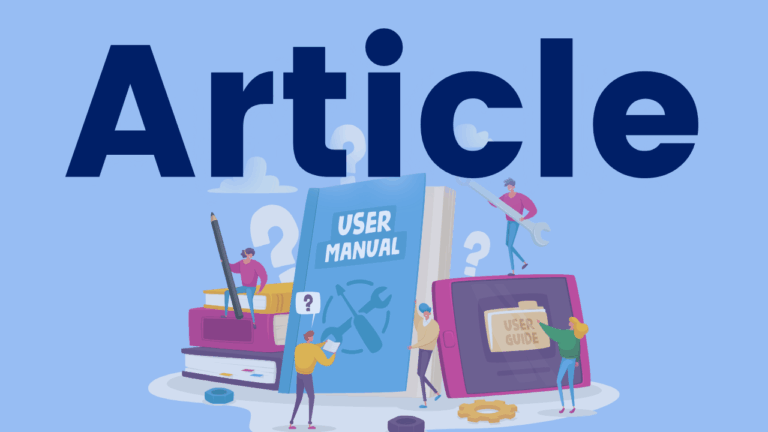Student-Focused Coaching: The Instructional Coach’s Guide to Supporting Student Success Through Teacher Collaboration
Research shows that professional learning combined with extended peer coaching is an extremely effective method of ensuring new practices are applied in classrooms. This book presents the Student-Focused Coaching model, supporting teacher collaboration with the goal of increasing student success. Unlike many common coaching models (which may feel more evaluative and have formal observation and feedback components) SFC allows a classroom teacher to identify their goals, which they work towards with the support of their coach, also aligning well with the outcomes-driven MTSS model. An excellent resource for those working as instructional coaches, the book is also helpful for those in less formal coaching/support roles, administrators, and those working at the board level making decisions about professional development and coaching models. While SFC can be used within a wide range of curricular areas in all grades, it is perfectly suited to support teacher implementation of the new Language curriculum.




